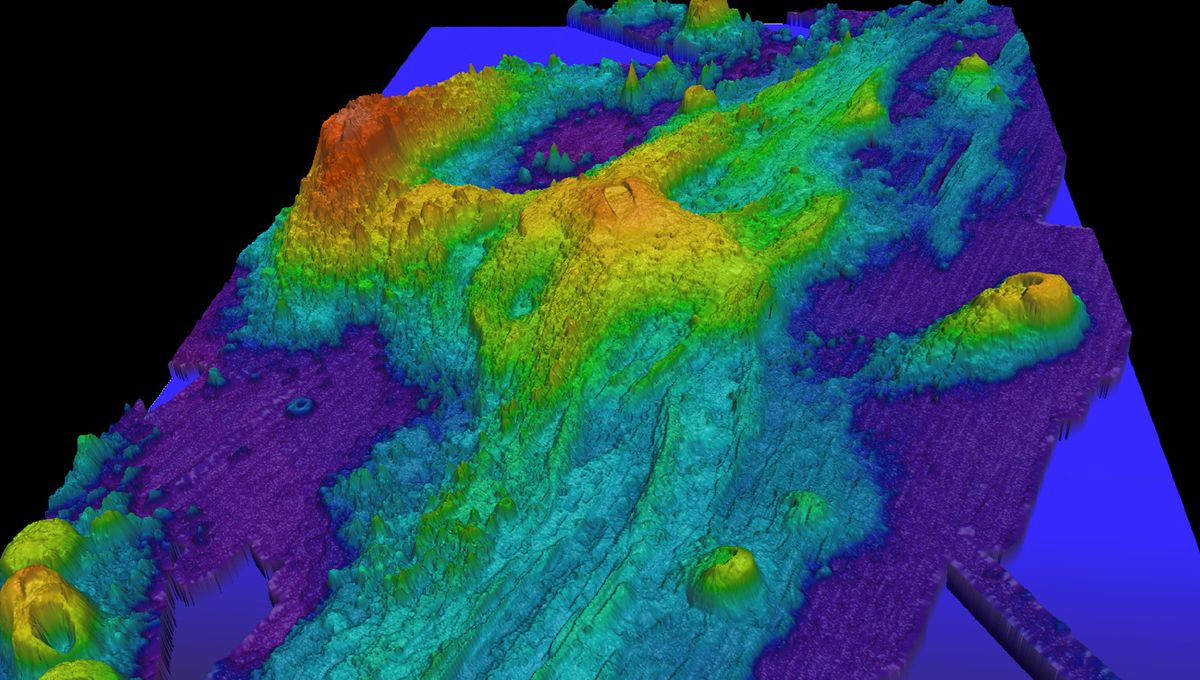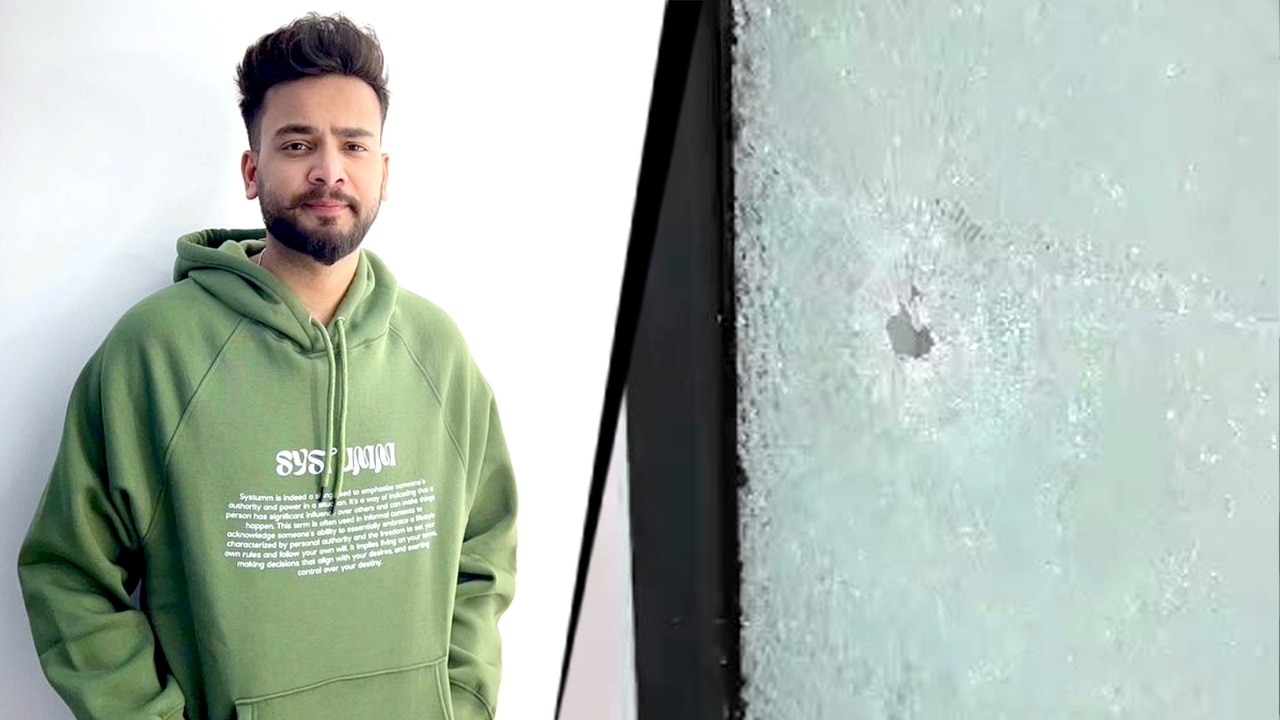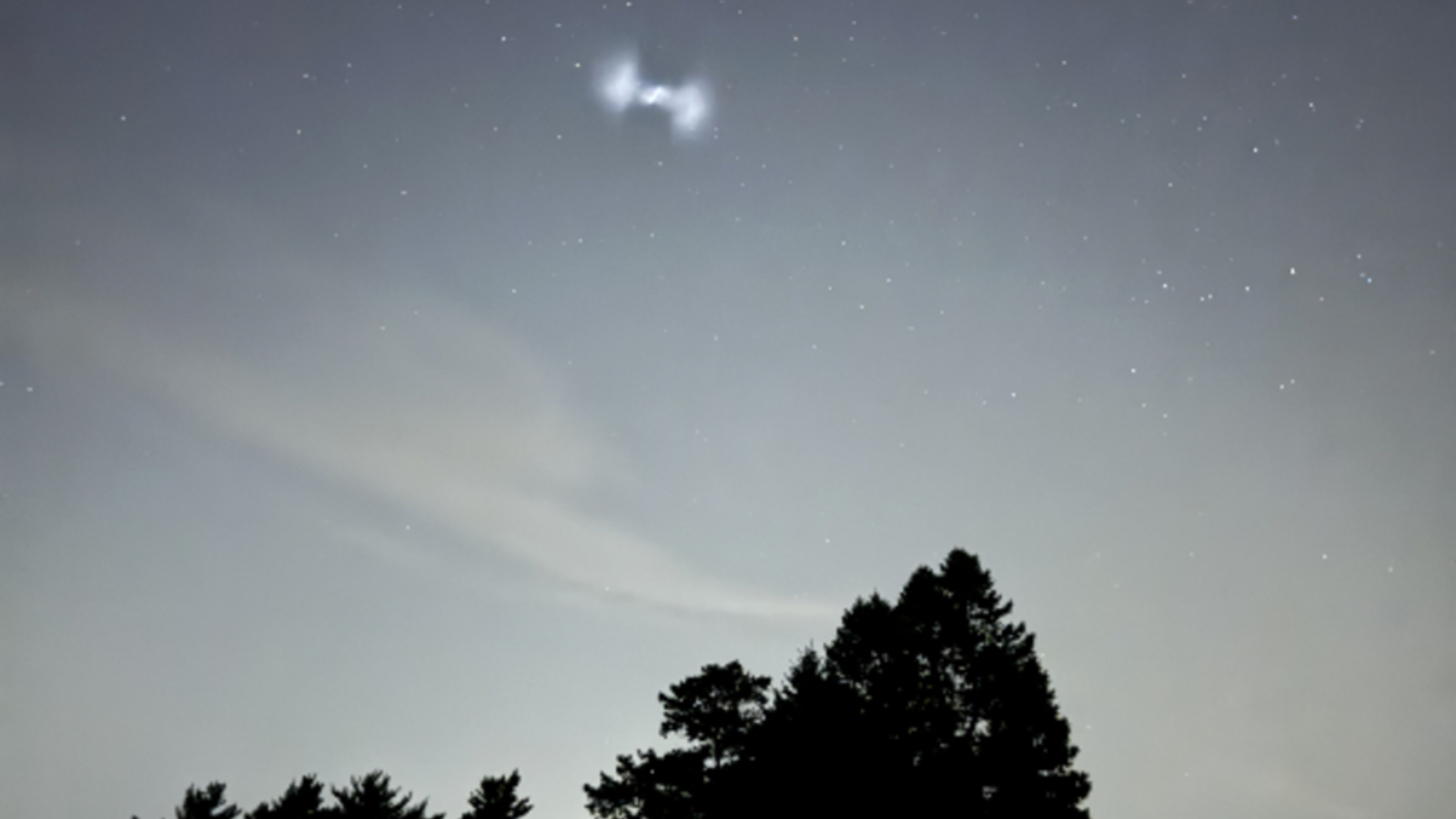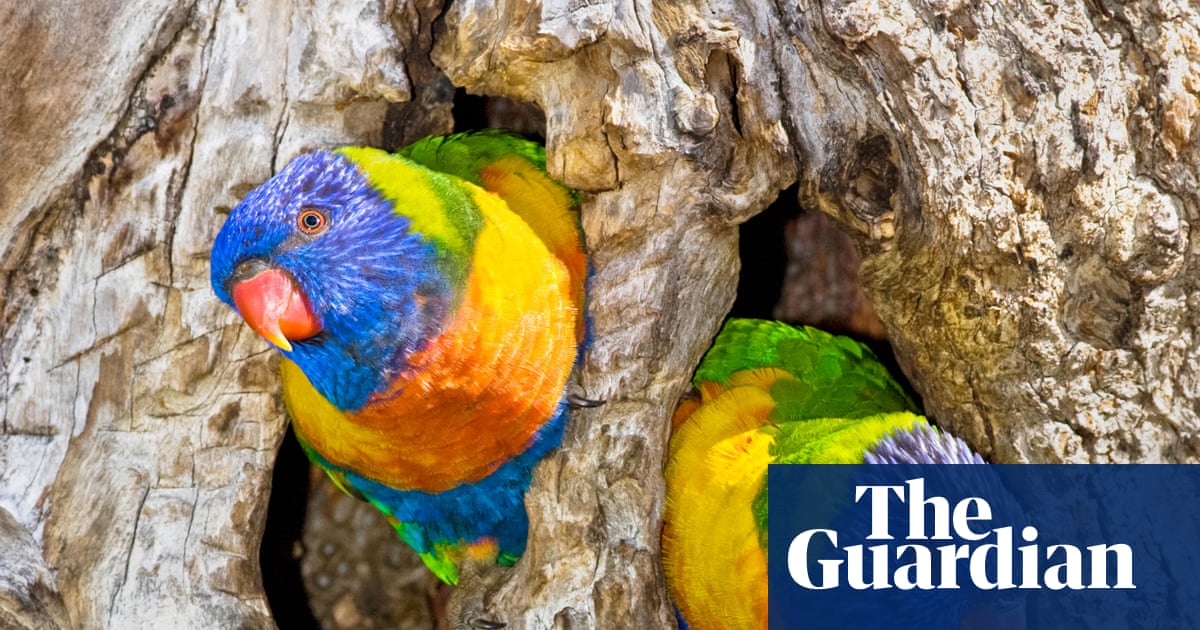Midjourney V1: AI Startup's Bold Move into Video Generation

Midjourney, the innovative AI startup renowned for its surreal image generation capabilities, has recently made a significant advancement by venturing into the realm of video production. The company has unveiled its latest creation, V1, a long-anticipated video-generation model that aims to transform static images into dynamic visual experiences. This strategic move positions Midjourney in direct competition with industry giants such as OpenAI, Runway, Adobe, and Google, all of which have established their foothold in the AI video generation space.
The V1 model operates as an image-to-video converter, enabling users to create short five-second video clips from either their own uploaded images or from the AI-generated images that Midjourney is known for. At this stage, access to V1 is exclusively through Discord, with the service being available only online during its initial launch phase.
Beyond just video generation, Midjourney has grand aspirations for its technology. In a recent blog post, CEO David Holz outlined ambitious goals, stating that V1 is merely a step towards achieving real-time “open-world simulations.” The company also hinted at future plans to explore 3D renderings and real-time generative models, indicating a broader vision for the application of its AI technology.
While many of Midjourney’s competitors, such as OpenAI with its Sora model, Runway’s Gen-4, Adobe's Firefly, and Google’s Veo 3, are targeting commercial filmmakers and studios with highly sophisticated AI tools, Midjourney is taking a different approach. The startup intends to create a more whimsical and creative environment for users seeking to produce dreamlike video content.
Midjourney V1: Pricing and Availability
Despite the exciting developments, video generation through V1 comes at a cost. The new model uses eight times more credits per video clip than Midjourney’s existing still-image tools, meaning that subscribers will quickly deplete their monthly credit allowances. Currently, Basic subscribers, who pay $10 (approximately 866 Mongolian Tugrik) each month, have access to V1, while unlimited video generation is restricted to the higher-tier plans, such as the $60 (around 5,200 Mongolian Tugrik) Pro and the $120 (approximately 10,400 Mongolian Tugrik) Mega plans, with usage only available in “Relax” mode, which generates videos at a slower pace. The company has indicated that it plans to reassess this pricing structure in the upcoming weeks based on user feedback.
V1 offers a surprising degree of user control over the video generation process. Users can choose between an “auto” mode, where the AI generates motion without input, and a “manual” mode, which allows users to provide text prompts to dictate the specific movements and animations they desire. Furthermore, there are options to adjust the intensity of movement, with choices for “low motion” for subtle transitions or “high motion” for more dynamic effects. While the default clip length is five seconds, users can extend their videos in segments of four seconds up to a maximum of 21 seconds.
However, Midjourney’s entry into the video market is marred by legal challenges. Recently, Disney and Universal filed a lawsuit against the startup, alleging that its image-generation models can produce unauthorized versions of iconic characters, such as Darth Vader and Homer Simpson. This lawsuit reflects a broader concern in Hollywood about the potential of AI technologies to replace human creatives and raises important questions about copyright and the use of training data.
Initial feedback on V1’s output suggests that Midjourney is maintaining its characteristic surreal aesthetic, rather than pursuing hyper-realistic video styles. Early users have generally responded positively to the new features, yet it remains to be seen how V1 will compete against more established platforms like Runway and Sora in the evolving landscape of AI video generation.


























